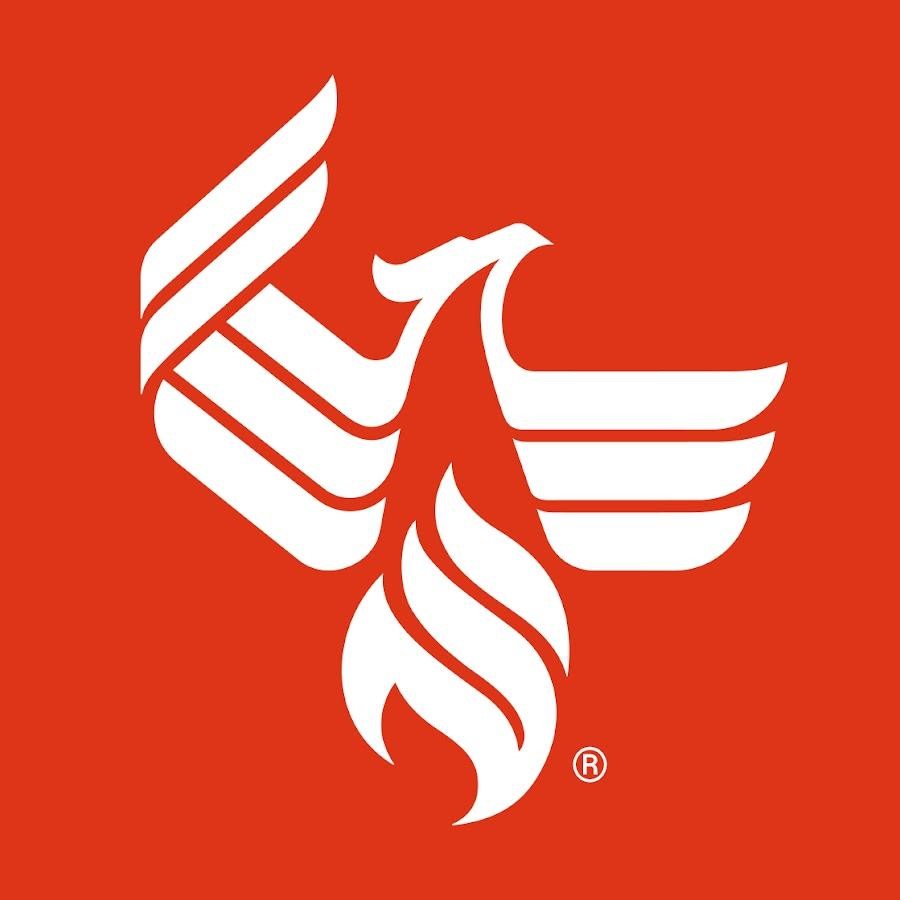Last year, Phoenix received $ 293 million in funding from the CARES Act. As part of the American Rescue Plan Act, the city received $ 198 million in May and expects an additional $ 198 million in May 2022. (File Photo by Jordan Evans / Cronkite News) injured by the pandemic, the city’s economic development director Christine Mackay said Tuesday. During Tuesday’s city council meeting, members agreed to a variety of opportunities to spend $ 193 million the city received last month from the American bailout bill passed by Congress in March. It includes $ 10 million for a comprehensive teaching / teaching program for the workforce. “This is not a social media effort to say, ‘Call us, we’re here,'” said Mackay. She said the community and economic development department has six people who will meet with business owners – fewer than 25 employees – to understand what they need to keep and attract employees and grow their business. “What further training does your existing workforce need? How could we work on putting together some cohorts and training several people at the same time? ”Asked Mackay. “Maybe several companies need the same training and could we put together a cohort to train these employees? Maybe it’s a one-time training. ”The council also approved $ 8 million for small and micro businesses. That’s on top of the $ 11 million the council approved last year through state coronavirus relief funds known as CARES Act funding. During the grant under the CARES act last year, Mackay said the initial grant process is like driving to a fire while building the fire truck and training firefighters. In addition to being unable to reach some businesses due to closings and home stay orders, some property owners are facing language and technology barriers. “This time around, we would suggest that we send team members who speak both English and Spanish out into the market to meet with tablet-in-hand companies and help them fill out applications,” said Mackay. Last year, Phoenix received $ 293 million in CARES Act funding. Under the American Rescue Plan Act, the city received $ 198 million in May and expects an additional $ 198 million in May 2022. An overview of the $ 198 million plan for the first year was part of the council agenda on Tuesday: Community Investment: $ 143 million The community investment category, the largest proposed allocation in this plan, focuses on providing assistance to vulnerable populations, Businesses and those hardest hit by the COVID-19 pandemic. This part of the plan includes six priority areas made up of several programs. The proposed strategic plan assumes that the community investment will receive approximately 72% of the rescue plan funding, or $ 286 million, over a two year period. There is a possibility that these funds could rise to $ 296 million as part of contingency plans. The six collaborative investment focus areas include: Phoenix Arts, Business, and Employee Assistance: $ 40 million. Many small businesses are still struggling to stay open due to COVID-19. These funds will provide resources that Phoenix businesses, including the art community, will have to keep open, pay employees, and meet other operating costs due to the downturn. Means are also suggested to provide solid training opportunities for those who lost their jobs during the downturn. In addition, as the local economy recovered, staff suggested a program that would provide a lifeline for the art community that would ultimately provide working capital to the ailing art industry. Containment and Care for Vulnerable Populations: $ 31.5 million. Research shows that the pandemic hit underserved populations disproportionately. This priority area proposes funding that will provide resources to address homelessness, mental and behavioral health, veteran issues, and funding for the senior and refugee community. Part of the funds in this category also lend themselves to a broader regional approach to addressing homelessness and mental and behavioral health issues. Related Article Youth Sports, Recreation, Education, After-School, and Wireless: $ 28.8M As parents return to work and families struggle with providing recreational and educational opportunities for their children, staff suggested using funds to provide resources for the restoration of after-school programs, provide financial assistance to youth sports leagues, and improve library programs. The funds will also be used to continue the development of the large wireless project the city has been working on with regional partners and to further improve free wireless access for Phoenix residents in public homes and for customers in urban facilities. Home and Housing Aid: $ 28 million. Funding in this category is designed to provide families with the resources they need to resolve rental, mortgage and supply bottlenecks. More specifically, these funds are intended to provide resources for residents who do not qualify for the emergency rental assistance program. Funding is also proposed to provide financial support to families to cover childcare and other household needs. And the proposal calls for public transport grants to be given to those in need of financial assistance due to wage or job losses during the pandemic. Also included is a plan to provide childcare for workers at Phoenix Sky Harbor International Airport. Phoenix’s resilient food system: $ 9.7 million. One of the city’s most successful community-funded reinvestment programs was the Feed Phoenix Food Program, officials said. This allocation builds on that success and provides additional resources to develop more sustainable food options for Phoenix residents. Based on the contributions of the city council, this program also includes funds to provide resources for local and neighborhood boards and food kitchens. Better Results for Health and Community: $ 5 million. These funds would be used to expand the use of COVID-19 mobile test vehicles that the city has used to support underserved communities. These funds could also be used to offset any costs associated with the city taking a more active role in vaccine distribution. Urban Operations: $ 50 million. This category, the second largest of the three plan areas, focuses on the fund’s overall resilience and harnessing the unique nature of this funding source to address issues that will free up future general fund resources and support transformative investments. The proposed strategic plan assumes that city operations will receive approximately 25% of the funding, or $ 100 million, over a two year period. This area includes the following focus areas: Infrastructure, Technology and Capital Requirements: $ 23 million. These funds will be used to provide resources needed to tackle critical infrastructure, technology and capital projects that have been postponed or exacerbated as a result of the pandemic. One example is the provision of resources to modernize the 27th Avenue recycling facility. The need to replace this facility has increased due to the increase in residential tonnage due to COVID-19. The funds can also be used for other capital and technology projects that improve the effectiveness of economic aid programs designed to address negative impacts on the targeted population. An example of such a project is the replacement of the case management system that is used by human services employees to provide assistance services. The system is out of date and does not allow online applications. Replacing this aging system would improve service delivery to residents, the city said. Employees also recommended critical rainwater, flood control, and energy saving projects that meet federal guidelines. Revenue Replacement: $ 22.4 million. Due to the pandemic, the Phoenix Convention Center has been hard hit due to the downturn in the travel, tourism, and hospitality industries. As a result, the city says there are significant concerns about how long it will take for this industry to recover and how much that recovery will affect the convention center’s fund balance sheet. The Convention Center is ultimately supported by general fund income. However, if the tourism and convention downturn continues for as long as some economists suggest, it could hurt the convention center’s revenues so badly that the general fund would be forced to cut back to provide working capital. Additionally, the city plans to offset the cost of trust fund costs directly related to COVID-19 spending. For example, the city has seen more than $ 2.4 million in employee compensation claims due to COVID-19. Administrative oversight and staff recruitment to support new ARPA-funded initiatives: $ 4 million To implement the wide range of programs the relief funds will deliver, the city said that service levels in key areas of the organization need to be improved. These staffing improvements will also provide the oversight and compliance functions that are critical to ensuring a clean audit at the end of the funding cycle. Related Story PPE, Cleaning, Disinfection / Testing, and Vaccine Distribution: $ 600,000. One thing the city learned in the early months of the pandemic was that, according to the city, the city did not have an adequate supply of the personal protective equipment and disinfectant needed to provide adequate protection for employees. As in many other cities across the country, the impact of incomplete preparation resulted in significant supply chain disruptions. This allocation will be used to store equipment and supplies needed to ensure that staff are adequately protected from the spread of COVID-19 and that the city does not suffer from future disruptions in the supply chain. Funding could also be used to cover additional costs for employee testing and vaccinations if needed. Emergency: $ 5 million A $ 5 million emergency is proposed to conserve resources in the event the federal government changes guidelines to allow the funds to be used in new areas of concern to the city council, or to complement funding for an approved program that depletes the budget. before further funding is available. The emergency would also be available to cover other unexpected COVID-19 issues that could arise later in the year. The reserve is not a must.
[ad_2]










